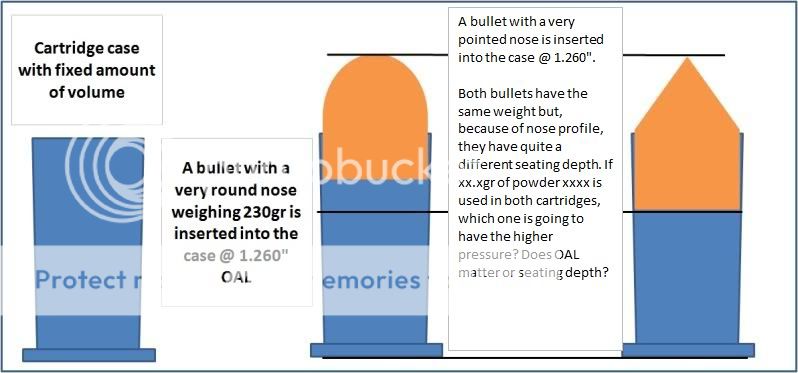I concur. Some manuals list that particular load as MAX, when bullets are seated to 1.169", so I would be interested to hear what length GSPBirdDog is using for them.
I'm curious what manuals you are refering to? Lyman data using a 147 grain TMJ bullet. COAL 1.115", starting load 3.2 grains, max load 3.6 grains. Using TiteGroup powder. The 1.169" you are refering to is maximum COAL.










